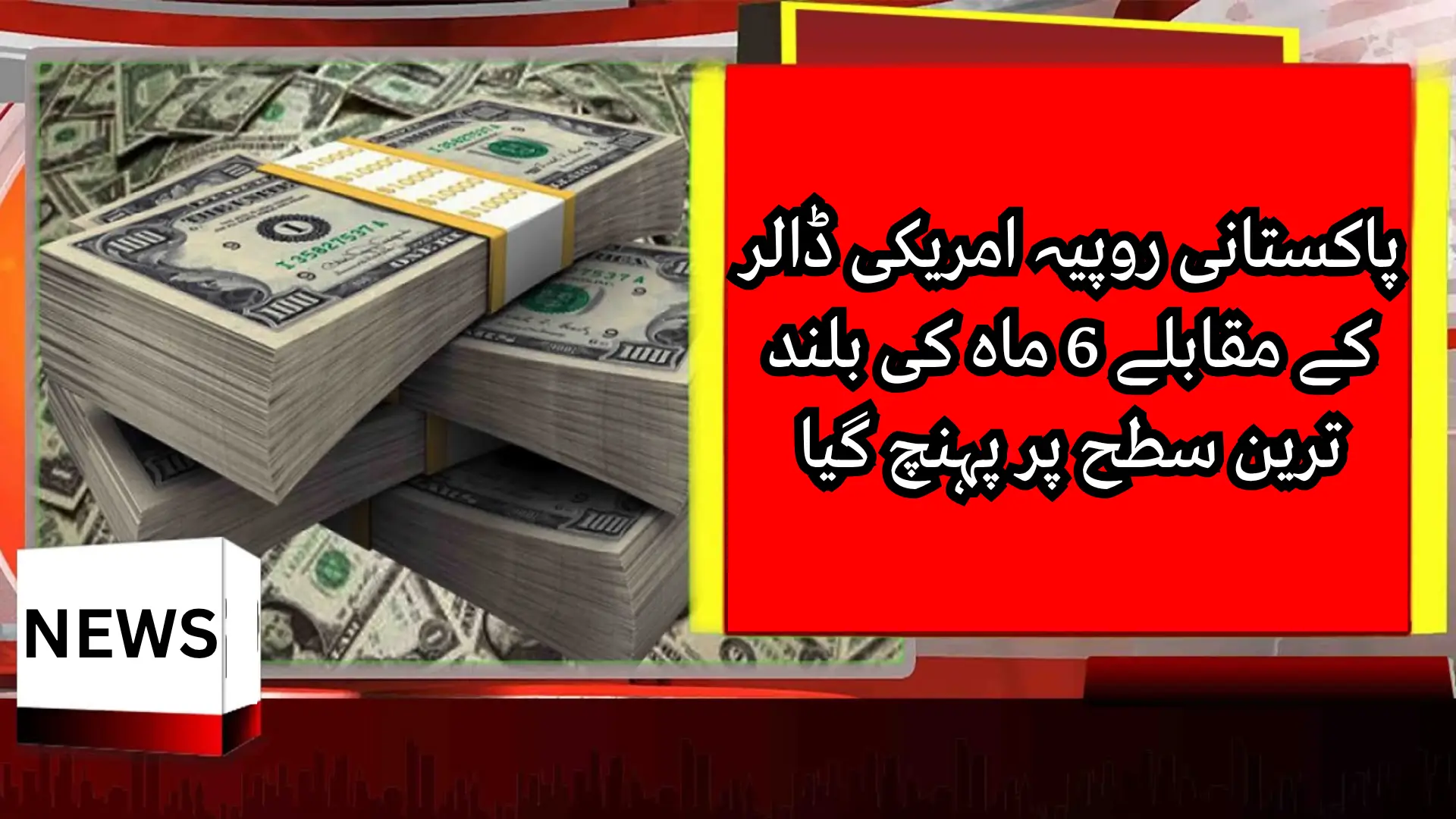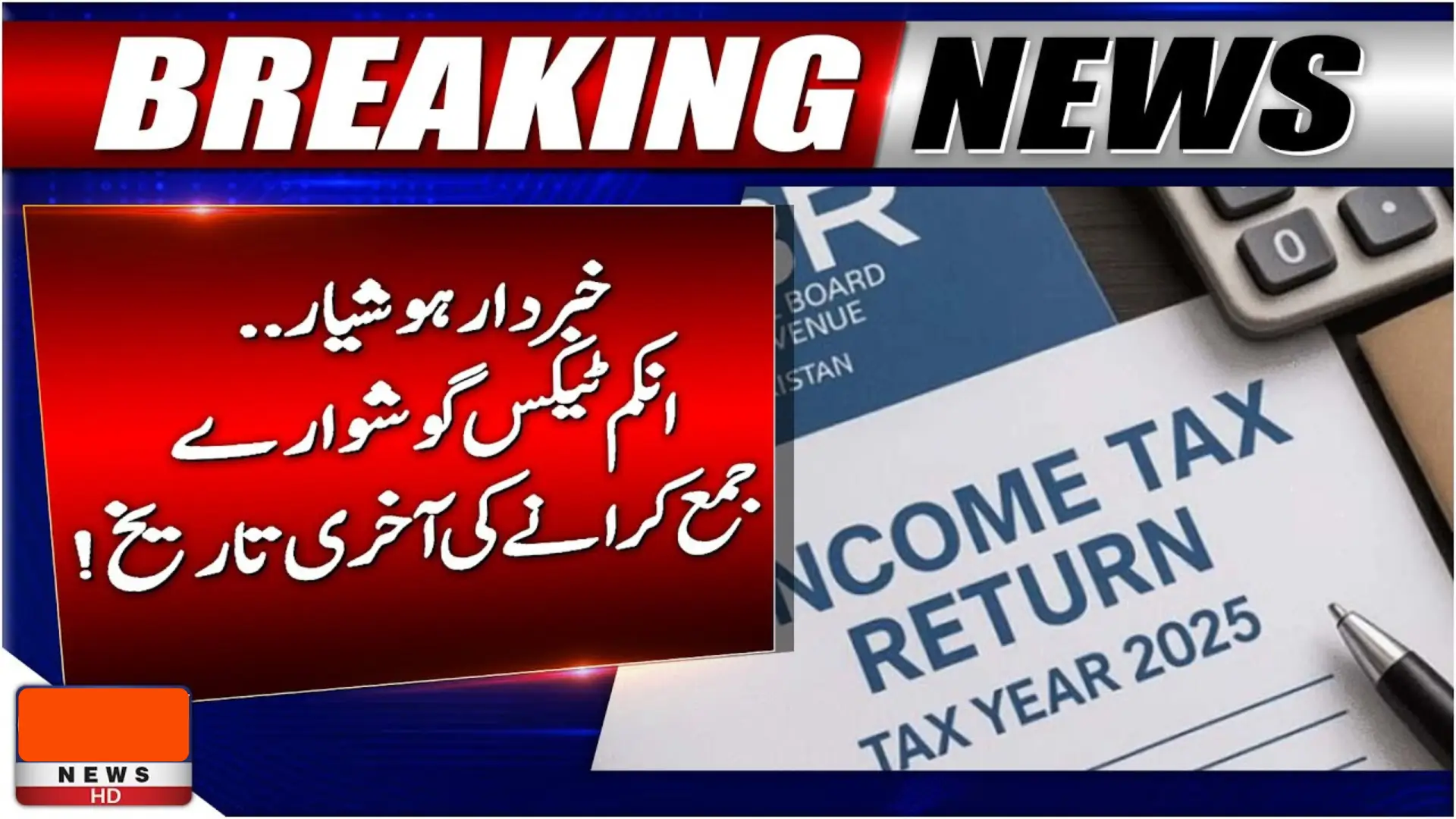Pakistani Rupee Hits 6-Month High Against US Dollar. The Pakistani rupee (PKR) has hit a six-month high against the US dollar (USD), signaling improved market confidence and currency stability in Pakistan. With consistent appreciation over the past few months, the rupee’s latest gain reflects better fiscal management, rising exports, and steady foreign inflows.
According to the State Bank of Pakistan (SBP), the rupee appreciated 0.01% on Tuesday, continuing its upward trend in the inter-bank market.
PKR Performance in the Inter-Bank Market
The local currency closed at Rs. 280.97, gaining Rs. 0.04 from the previous session’s close of Rs. 281.01. This marks one of the strongest performances of the rupee in the last half-year.
Currency analysts attribute this stability to improved foreign exchange reserves, controlled imports, and positive market sentiment after recent IMF reviews and inflows from friendly countries.
PKR vs USD in the Open Market
In the open market, the rupee traded slightly higher, with exchange companies quoting the dollar at:
| Exchange Type | Buying (PKR) | Selling (PKR) |
|---|---|---|
| Open Market Rates | Rs. 281.30 | Rs. 282.05 |
This slight variation between inter-bank and open market rates shows that currency parity is stabilizing, minimizing the gap that often led to speculative activity in previous months.
PKR Performance Against Other Major Currencies
While the rupee showed strength against the US dollar, it recorded mixed results against other major global currencies.
| Currency | Change (Rs.) | % Change | Closing Rate (PKR) | Previous Rate (PKR) |
|---|---|---|---|---|
| Euro (EUR) | -0.93 | -0.28% | 327.43 | 326.50 |
| British Pound (GBP) | -0.36 | -0.10% | 374.47 | 374.11 |
| Swiss Franc (CHF) | -1.13 | -0.32% | 353.60 | 352.47 |
| Japanese Yen (JPY) | -0.01 | -0.56% | 1.8472 | 1.8370 |
| Chinese Yuan (CNY) | -0.06 | -0.14% | 39.57 | 39.51 |
| Saudi Riyal (SAR) | +0.01 | +0.01% | 74.92 | 74.91 |
| UAE Dirham (AED) | +0.01 | +0.01% | 76.50 | 76.49 |
Despite minor losses against some major currencies, the PKR’s resilience against Gulf currencies — particularly the Saudi riyal and UAE dirham — demonstrates improved remittance flow and steady demand from the Middle East.
Factors Behind the Rupee’s Strength
Several factors have contributed to the rupee’s appreciation in recent months:
1. Improved Forex Reserves
The State Bank of Pakistan has seen an increase in reserves through IMF tranches, remittances, and export growth, strengthening the central bank’s intervention capacity.
2. Controlled Imports
Government policies to curb non-essential imports have reduced pressure on the foreign exchange market, helping maintain rupee stability.
3. Increased Remittances
Pakistani expatriates have sent record remittances, especially ahead of the festive season, boosting dollar supply in local markets.
4. Fiscal Reforms
Reforms under the IMF’s stabilization program and improved tax collection have restored some investor confidence, contributing to rupee appreciation.
5. Improved Market Sentiment
With rising optimism about economic recovery and inflation control, the rupee’s performance has been supported by positive trading sentiment among investors and banks.
Year-to-Date Performance
As of October 2025:
- Rupee appreciation in FY 2024–25: Rs. 2.79 (+0.99%)
- Rupee depreciation since January 2025: Rs. 2.42 (-0.86%)
This mixed annual performance reflects both the challenges and gradual recovery seen across Pakistan’s economic landscape.
Financial experts predict the PKR could remain stable around Rs. 280–283 per USD in the near term if global oil prices stay moderate and external financing continues as planned.
Impact on Inflation and Imports
A stronger rupee benefits the economy by reducing import-related inflation. As the rupee gains value:
- Fuel imports become cheaper.
- Consumer prices may stabilize, especially for imported goods.
- External debt servicing costs are reduced in rupee terms.
However, exporters may face reduced competitiveness in global markets if the currency strengthens too much — a factor policymakers must balance carefully.
Economic Outlook
Economists remain cautiously optimistic about Pakistan’s short-term outlook. With stable exchange rates, rising remittances, and fiscal discipline, the country is expected to maintain a moderate growth path through the first half of 2026.
If external pressures — such as global oil price hikes or geopolitical tensions — remain under control, Pakistan could continue to see a strengthened rupee and reduced trade deficit
Conclusion
The Pakistani rupee’s rise to a six-month high is a positive signal for the national economy, showcasing resilience, better monetary management, and growing investor confidence. While external challenges persist, the rupee’s stability offers hope for sustainable growth and reduced inflation in the months ahead.
















